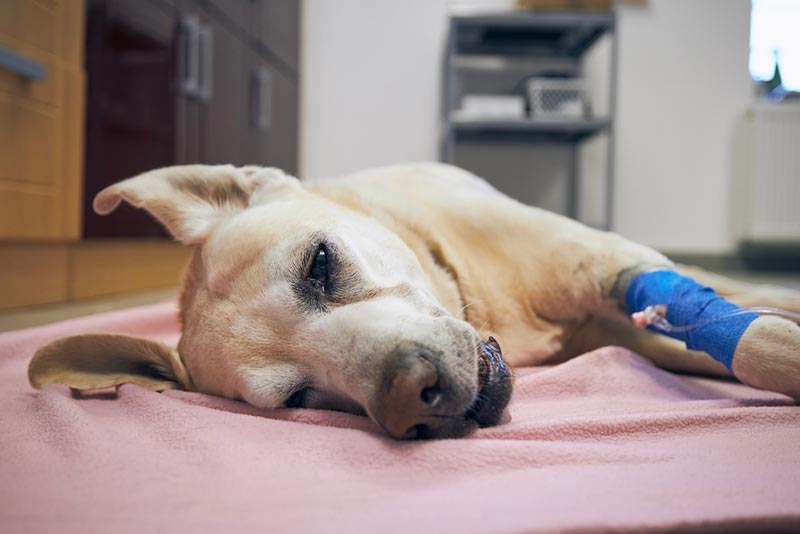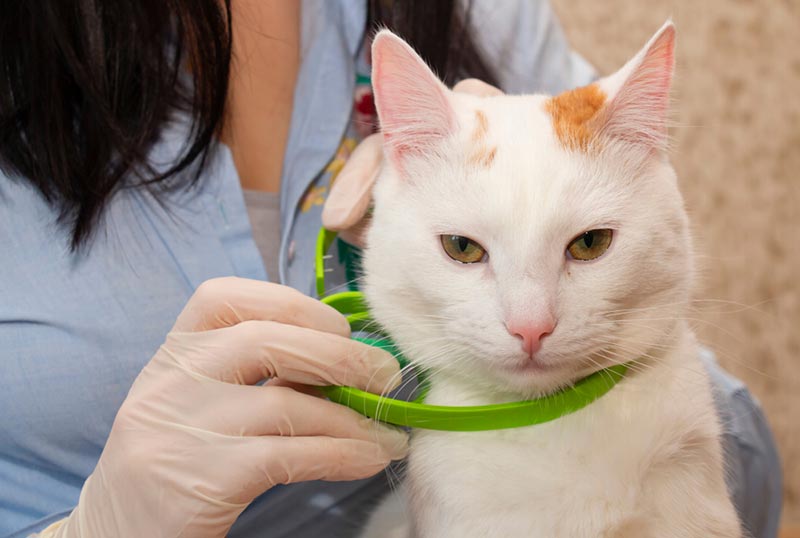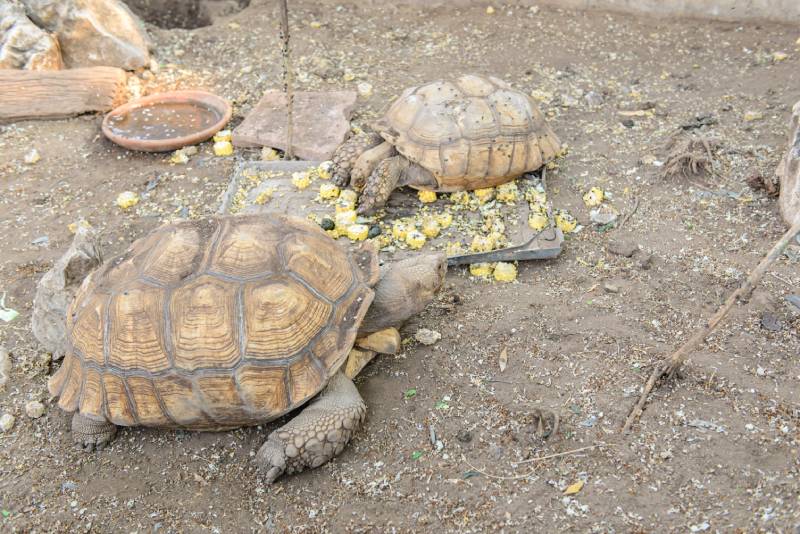What is the Role of Fiber in a Cat’s Diet? Our Vet Explains
By Dr. Paola Cuevas, MVZ (Vet)
Updated on
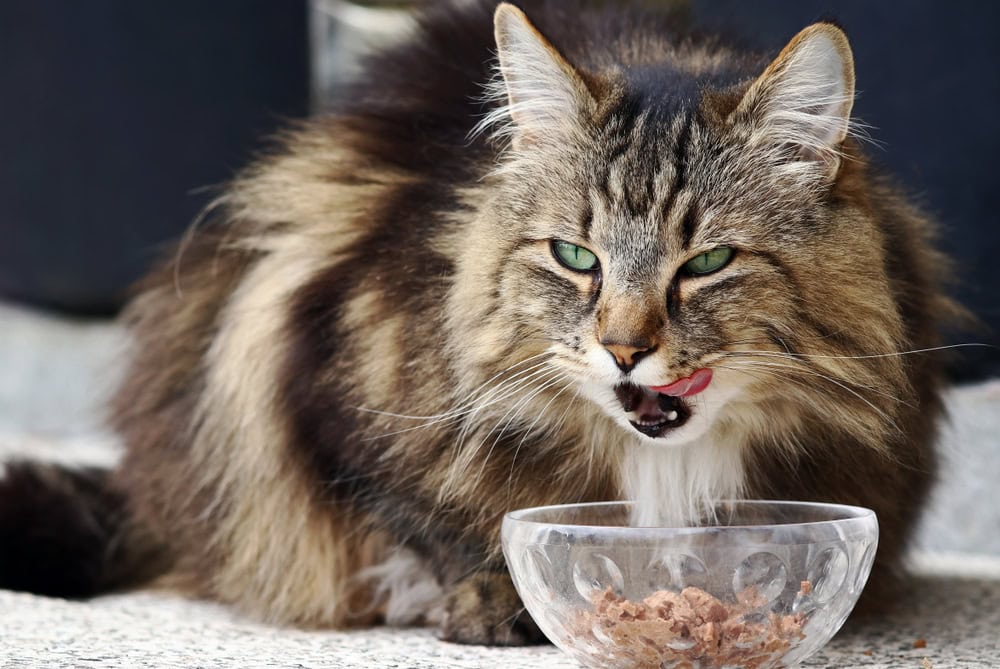
Click to Skip Ahead
You’ve undoubtedly been told many times that fruits and vegetables are good for you. The reason for this is because they are packed with nutritious elements like vitamins and minerals, but they are also very beneficial thanks to their high fiber content. Fiber is very important for us as humans, as it plays an important role in our digestion as well as helping us to maintain a healthy gastrointestinal microbiome. In addition, fiber helps us keep our cholesterol and blood sugar at healthy low levels.
As cats and other pets start to become a part of the family, we humans tend to get confused in thinking that what is healthy for us is also healthy for our animals. A very important part of learning how to love a pet properly is to never forget the very crucial fact that they are biologically different from us.
Many foods that are beneficial for us are toxic for them; likewise, their nutritional needs are different from ours. Let’s start by noting that cats are carnivores, while humans are omnivores. This is a crucial difference. A carnivore’s diets consist mostly of protein and fat with a very limited amount of carbohydrates. In the wild, carnivores such as wild cats’ diets consist entirely of their prey animals.
Important Physical & Physiological Characteristics of Carnivores
- Carnivores’ gastrointestinal tract is much shorter than that of omnivores.
- They do not chew their food; they rip off the pieces with their sharp and spaced teeth and swallow them.
- The esophagus of a carnivore is shorter.
- The stomach of a carnivore is a single chamber, with a large capacity. A carnivore’s stomach represents 60%-70% of the total volume of the digestive tract compared to 21%-27% in humans. Plus, the gastric juice secretion rate is higher, and they can maintain a pH of 1-2 even when food content is present.
- Their intestines are much shorter than those of omnivores and they do not rely on intestinal fermentation to derive energy from their food.
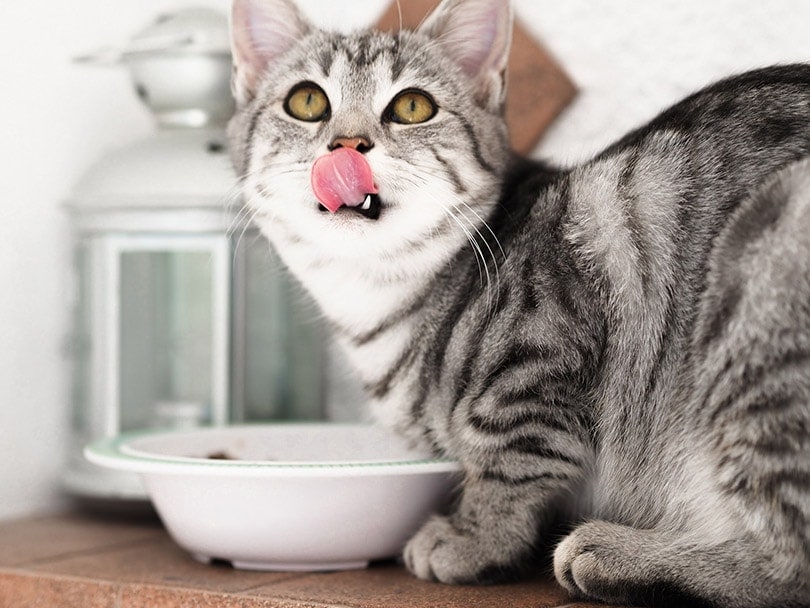
Key Factors in Understanding Cats
Big, wild cats such as lions, cheetahs, and tigers eat once every 3-5 days. Their large capacity stomach allows them to take as much meat as possible at one time which can then be digested later while they are resting. They can go for up to a week without ingesting any food.
Wild cats such as lions, cheetahs, and tigers spend time and energy hunting, which keeps them physically and mentally stimulated. Wild cats might consume a small amount of plant fiber if it is inside the gastrointestinal tract contents of their prey, but that will constitute a maximum of around 2% of their diets.
Understanding Fiber: What Is It?
Fiber is a kind of carbohydrate that is indigestible in a cat’s body (and also in a human’s body). Though most carbohydrates are broken down by digestion into sugar molecules, fiber cannot be broken down into sugar molecules, and instead, it passes through the body undigested.
What Kinds of Fiber Exist?
- Soluble fibers: These kinds of fibers absorb water. Pectins and gums are good examples.
- Insoluble fibers: These kinds of fibers do not dissolve in water and remain intact when passing through the digestive system. These fibers tend to be the structural component of plant cell walls and are also known as “woody fibers,” such as cellulose and lignin.
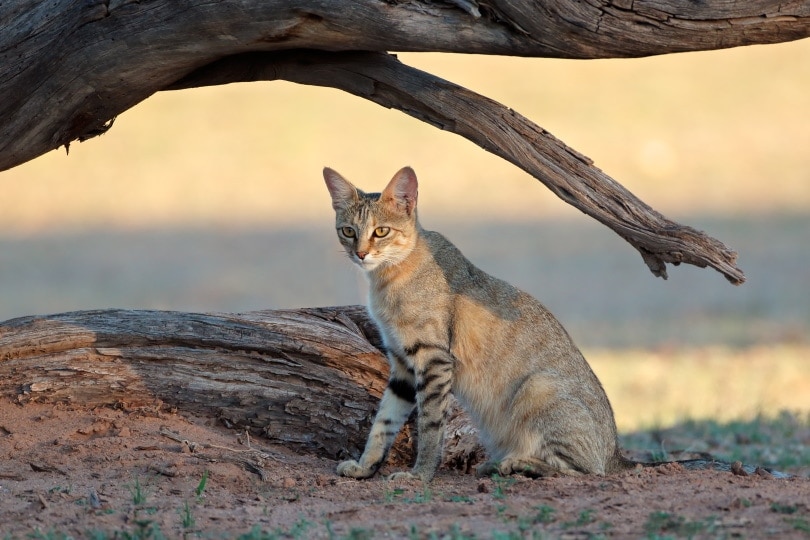
What Is Fiber Fermentability?
In addition to this classification of fibers as soluble and insoluble, there is a second classification that is harder to measure but, due to its high importance, needs to be considered: fermentability.
The fermentability of a fiber describes how well it can be broken down by the microbiome or intestinal bacteria. This breakdown produces short-chain fatty acids (SCFAs), which provide energy to the intestines.
Short-chain fatty acids play a role in the maintenance of intestinal barrier integrity, mucus production, and protection against inflammation. Fiber varies in fermentability, and the two definitions have some crossover, as many soluble fibers also tend to be highly fermentable.
The Concept of Animal Fiber
An experimental study on cheetahs under human care brought to light some interesting conclusions. When the cheetahs were fed a diet of whole rabbits with fur during an entire month, they had a more favorable fatty acid profile in their feces. What’s more, the production of toxic metabolic chemicals significantly decreased compared to the month when they were fed with supplemented butchered beef meat without bones or skin. The scientist proposed the concept of “animal fiber” as playing an important role in carnivores’ digestion and gastrointestinal health.
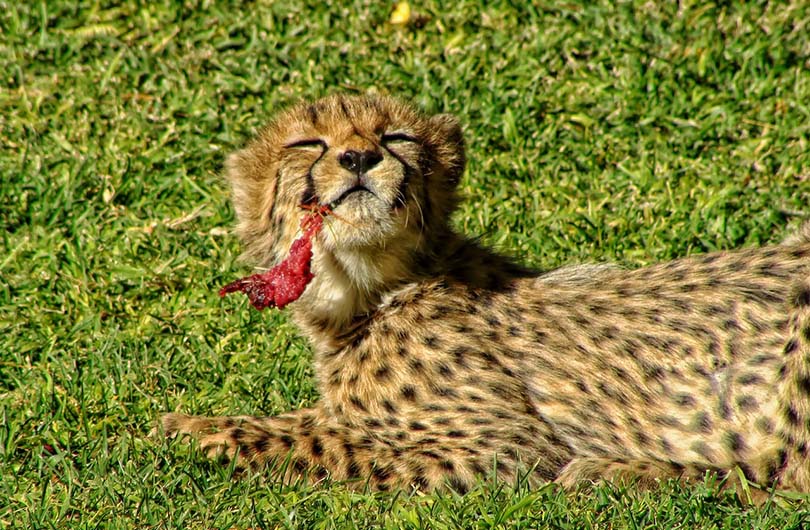
The Theory Behind Adding Plant Fiber to Commercial Cat Food
The original claim of adding plant fiber to cats’ diets was to “prevent hairball formations”. Cats fed dry diets tend to vomit much more than cats fed canned or meat diets. With regurgitation comes hairballs. Hairball regurgitation and hairball gastrointestinal obstructions seem to be of great concern for cat owners and veterinary practitioners. However, can it be the dry food causing the issue?
Cats on meat or canned diets tend to regurgitate fewer hairballs but their grooming habits remain the same. Therefore, analyzing these observations, there is a possibility that it is the dry commercial diets that are preventing the hairs from being passed and allowing their accumulation into big hairballs. More studies on this matter need to be performed. In addition to the hairball prevention theory, fiber is used in certain cat diets with specific intentions, such as weight loss, preventing megacolon, management of diarrhea, etc.
The Role of Hair in Diet and Fiber Intake
As wild felines eat their prey whole, the undigested parts of the carcass, such as their fur, bone, cartilage, tendon, and ligaments, may also constitute intestinal “fiber.” In fact, the undigested hair from the self-grooming cats perform might also provide intestinal dietary “fiber.” Domestic cats do not have to hunt for their food; they lack the physical and mental stimulation provided by hunting and often find themselves with only extra time to kill, so grooming is a self-soothing way of killing time.
domestic cats has been linked to going beyond the hygienical needs and developing into aberrant behaviors. Cats with anxiety or compulsive behavior disorders can groom themselves to the point of hurting their skin. So, it probably makes sense that there are very few reports of hairball regurgitation or formation in wild big cats, even though, like other cats, they do groom themselves and they have a similar spade shape papillae in their tongues. Selective breeding influenced by humans has helped in the development of extra-long fur without them being necessary for the species’ survival as it would have been done by natural selection.
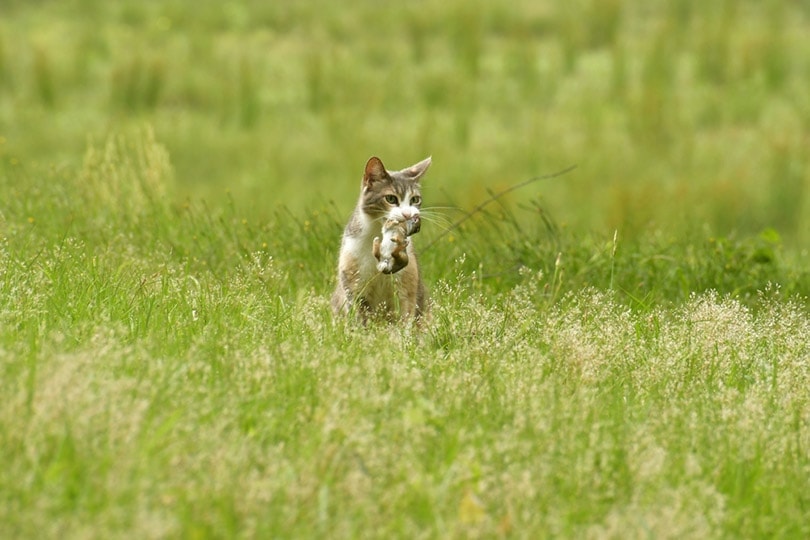
How Does Soluble Fiber Benefit the Digestive System?
Soluble fibers that absorb moisture can help in some cases of diarrhea (secretory and osmotic diarrheas) by absorbing excess moisture or free fecal water. It creates a gel-like substance to improve stool consistency. With a better consistency, the intestinal transit time is prolonged. The gel may also absorb toxins away from the intestines and can also help soften stool in cases of constipation.
How Does the Insoluble Fiber Benefit the Digestive System?
Insoluble fibers add bulk to the digestive system and can help in some cases of increased motility diarrheas by decreasing certain types of colonic myoelectrical activity. Insoluble fiber can also help to induce bowel movements in cases of constipation.
What Are Fiber Sources Commonly Found in Commercial Cat Food?
- Cellulose, an insoluble and also poorly fermentable fiber
- Beet pulp, which is moderately fermentable
- Psyllium, gums, and pectin, which are soluble and can be highly fermentable
While providing our feline companions with high-quality food is paramount, selecting the right food and water bowl is equally important. The modern yet practical design of our Hepper NomNom Cat Bowl combines cat-catered features, like whisker-friendly shallow dishes and slight elevation, with a contemporary style aimed at protecting your floors from messy eating and drinking. The NomNom is entirely dishwasher safe and was thoughtfully created with your cat’s health and well-being in mind.
Final Thoughts
As you can see, the role of fiber in a cat’s diet is difficult to provide a straightforward answer to. The wide variety of fibers and how they interact with the gastrointestinal tract and the other components of the diet are all variables to consider. In addition, it is also important to note that individual animals (and their microbiota) may respond differently to specific kinds of fiber or their combinations. In many cases, trial and error of diets may still be necessary for personalized care of each cat.
Related Reads:
Featured Image Credit: Veera, Shutterstock




